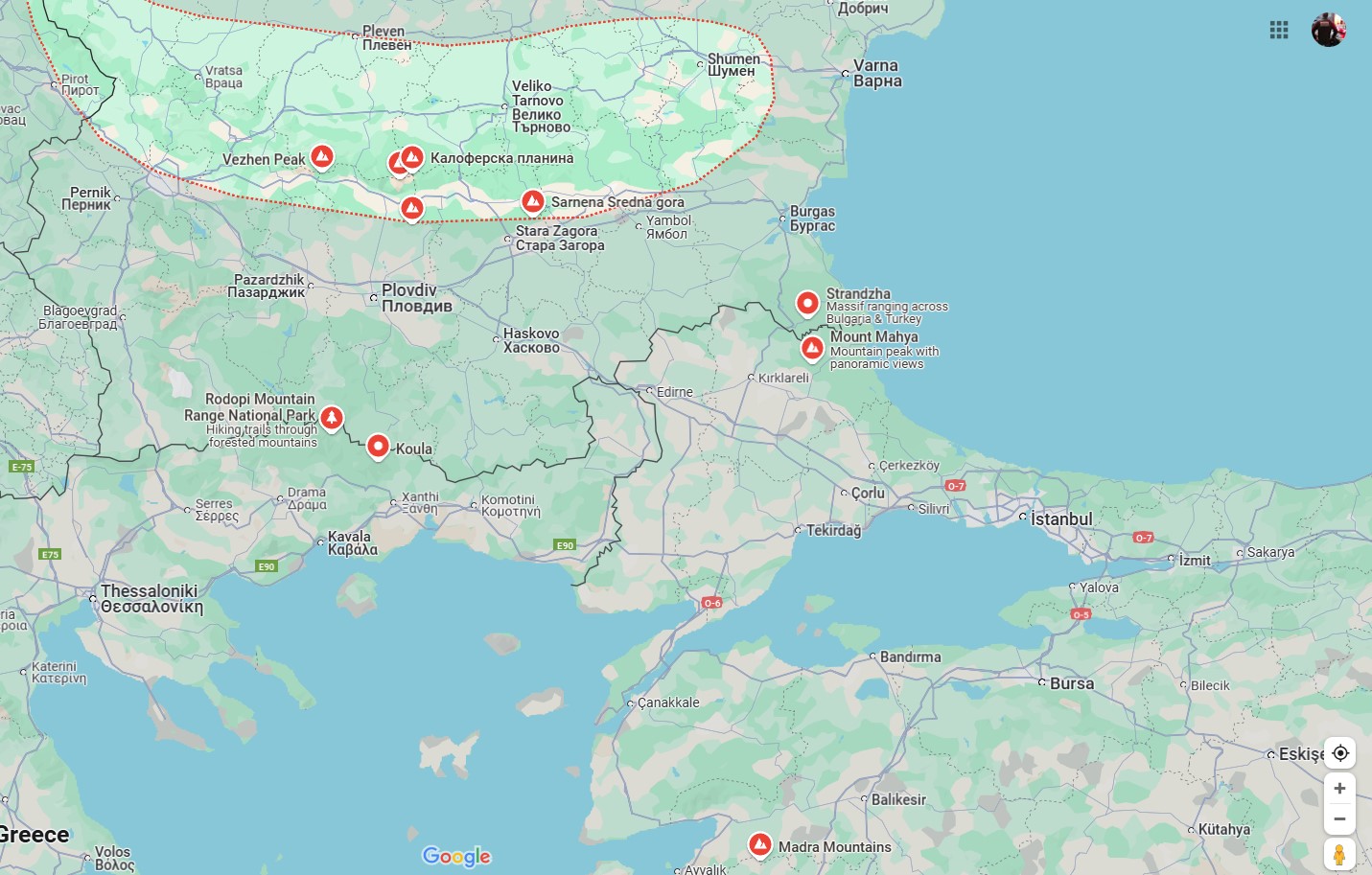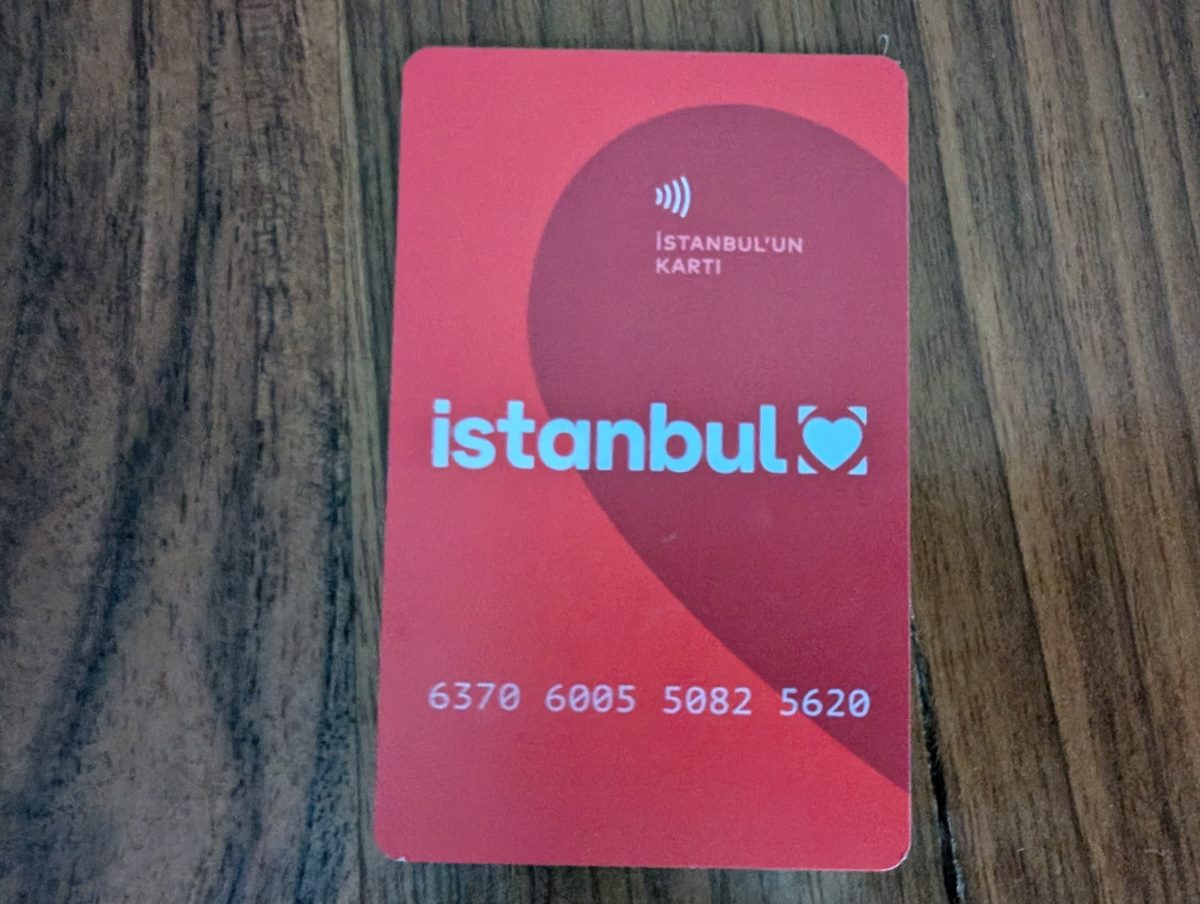

Here we are on our disembarkation point for our cruise Istanbul, Turkiye. The butterfly that links West and East on this side of the planet. The whole time I was there, it was hard to believe that a war is waging on between Russia and Ukraine just on the other side of the Black Sea. The amount of History in this city is overwhelming and it has hosted conquerors from the Greeks (~500 BC), several different tribes from the area known now as the country Turkiye (73 BC), the Roman Empire (~200 AD), The Crusaders (~1204 AD), and finally back into the hands of the Ottoman Empire where it has stayed for over 500 years. That’s a lot of different hands in the course of our entire written history, but it also was invaded unsuccessfully over twenty times.

Bordered on two sides by land and the other two sides by water, it has seen some of the most brilliant military minds of any other spot in the world. It is very hard to defend as you are surrounded by open area and seas. The Kackar Mountains are about 880 miles (~1400 KM) to the East and the Balkan Mountains 300 miles (~470 KM) to the North West.

As soon as we departed our ship, we had to navigate our way about ten minutes down the road to the nearest train station. On the way we caught sight of our first blue-domed Mosque, which Istanbul is famous for. This one is called Nusretiye Mosque and was built to commemorate Mahmud II’s victory over the Janissaries in 1826, the same year the building was completed.

These steps and two buildings here mark the courtyard of the Nusretiye Mosque. Oh, before I forget, Istanbul has over 3,000 Mosques! So only use the largest ones to navigate by, ha ha.

The public transit system of a foreign country may seem overwhelming at first, but Google Maps will help you blaze a trail through this amazing city. Kind of intimidating, but it wasn’t our first time catching public transit in a foreign country… not by a long shot.

We ended up getting the ticket machine to issue us this card with a family pass on it. We really only needed one train to get us from the cruise terminal to the sights and the rest we were able to manage on foot.

We got off at the first stop once we were over the Galata Bridge, which will put you right at the Yeni Cami Mosque and the famous Istanbul Spice Market. Spoiler alert, we had to return here at the end of our trip after dark. More pictures toward the end of the blog with it lit up at night, a sight to see for sure.

The inside was breathtaking, but be respectful and follow the rules. There are some areas that women are not allowed in. Anytime inside, ladies must cover their hair. You should buy a scarf from one of the multiple vendors beforehand. If not, they will insist you use one of the community-used scarves provided. Hopefully, you read up a bit on customs here before visiting the country.

I didn’t take a single picture of the spice market behind the Yeni Cami! I was so overwhelmed with the sights, smells, and people that I must have completely forgotten. Anyway, we ended up walking through market central to get to our next location, the Blue Mosque (~20 min walk).

Upon entry (or exit) you’ll also see an Egyptian Obelisk. The more I travel around Europe, the more I see these everywhere. I did some research and it appears that they were placed in various cities by the Romans after taking them from Egypt. Other Obelisks were gifted by the country of Egypt to promote good diplomatic relations.

This one is called the Obelisk of Theodosius and was originally commissioned by Pharaoh Thtmose III and placed in the temple of Karnak around 1450 BC. It was removed from the temple and transported to Alexandria by Roman Emperor Constantius II around 350 BC. Finally, somewhere around 390 BC it was transported to Constantinople (Istanbul) where it has sat ever since!

I’ve spent a lot of time in the Middle East and this was by far the largest mosque I had ever seen. Once I arrived at its gates, I was overwhelmed by just how massive and stunning it was. *Check the sign by the lamppost—there is a free (very clean) bathroom around the corner.

The courtyard is covered in marble slabs (and fellow tourists). I was chatting with a traveler who mentioned it’s called the Blue Mosque because its interior is filled with mosaics made of blue tiles. Sadly, we missed the limited visiting hours, so I couldn’t verify it.

This scene reminds me of something straight out of an early Final Fantasy game (SNES era). It feels like a moment from Final Fantasy VI, though I can’t quite pin it down exactly.

I had to take one last shot before leaving my favorite spot in Istanbul. Sedefkar Mehmed Agha, the master architect, designed this mosque in the 1600s and it was clearly the masterpiece of his career.

Directly across from the Blue Mosque is the Hagia Sophia Grand Mosque, separated by a quick five-minute stroll through a park with a large fountain.

The Hagia Sophia was originally built as a Christian cathedral and remained so for about 1,000 years. After the fall of Constantinople in 1453, it was converted into a mosque.

Constructed in 537 AD by the Roman Empire, it was the largest indoor space in the world at that time.

The green medallions with gold writing were added during a 19th-century renovation. They bear names such as Allah, Muhammad, and Rashidun, along with five other important figures in Islam. Unfortunately, I couldn’t decipher which name corresponded to which medallion.

This unique find is a piece of Viking graffiti! It reads “Halvdan,” the name of its author. Historians believe he served as a mercenary in the Roman Empire.

Before learning that Hagia Sophia was originally a Christian church, I was surprised to see depictions of Jesus and the Virgin Mary. After reading a plaque, I understood its fascinating history. This mosaic is known as the Comnenus.

When Hagia Sophia became a mosque, many Christian mosaics were plastered over. In the 1930s, some were uncovered to reflect its dual religious heritage. This restored mosaic is called the Deesis.

The final mosaic depicts Roman Emperors Justinian and Constantine on both sides of the Virgin Mary with baby Jesus, though it bears no specific name.

After dark, the city transforms. This photo captures shop owners closing for the night. Istanbul truly comes alive under the evening lights.

Passing this building, I did a double-take. That bridge mural is familiar! It turned out to be the Iranian embassy. I urged my family to keep moving, I'm sure lingering in front wasn't wise for a U.S. military officer!

We returned to the Yemi Cami Mosque, now beautifully lit. It was a breathtaking end to a memorable day.

A sign above read, “Ahiretini Unutma,” meaning, “Remember Me.”

The next morning, we headed to the airport. Streets were draped with election banners. Pro travel tip: it’s best to leave a capital city before election results are announced. Turkey was an amazing experience, I can’t wait to return!